Source: list of members of the Upcycled Food Association
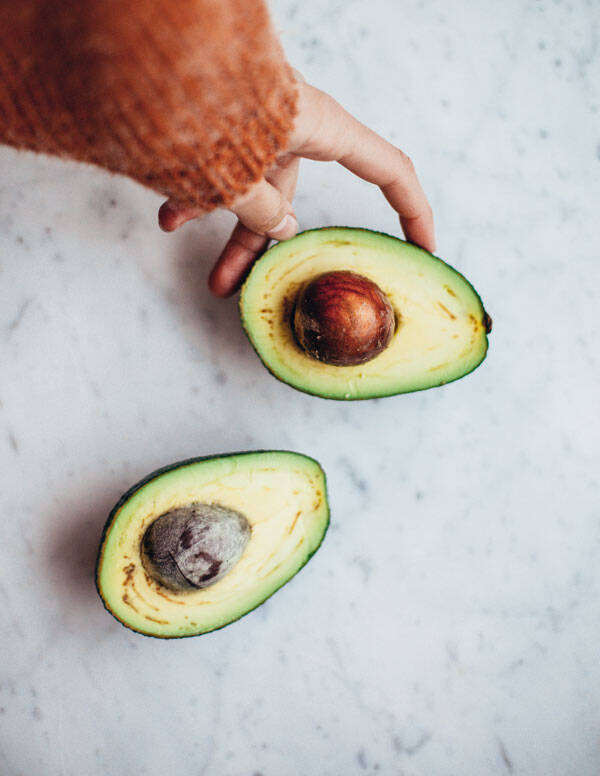
05
Peels and seeds
Banana, coconut, cacao, avocado… Often the peels of these fruits are thrown away; but they often contain a lot of moisture that can be made fit to drink. This is what preceded shortly before two woman from the USA started their Hidden Gems beverage company: “One day while making a bowl of guacamole in the kitchen we realized we were left with more seeds and skin than pulp. We had a lovely snack but we created so much waste in the process. That was the day we decided these gems were no longer trash…” The initiative led to a new drink, the Reveal Avocado Seed Brews, “a delicious upcycled drink”. The hard seed in the middle of avocados contains a lot of antioxidants. “I hate throwing things away, it’s not in me to say something has zero value. It’s not a part of who I am,” one of the founders declares.
04
Dairy
We don’t know how much milk is spilt around the globe every year. In the USA alone it is said to be tens of millions of gallons. Milk for instance is being dumped, because there is no balance between offer and demand. Apart from this, there is residual waste in dairy production facilities. Such as fresh whey that’s leftover from producing Greek yogurt. The German company Superfrau (meaning: Superwoman) knows its way with this residue. Superfrau turns it into superdrinks. Superfrau says: “Fresh whey is the liquid co-product of Greek yogurt. It's super delish and naturally packed with full spectrum electrolytes, B-Vitamins, and gut-beneficial acids. Although it's beloved as a thirst-quencher in many parts of the world, it's often wasted in the US. Superfrau rescues surplus whey and upcycles it into super drinks that will keep you feeling hydrated and refreshed all day long.”
03
Coffee oil
Coffee is a big waster. “Every day, over 2.25 billion cups of coffee are consumed worldwide. The remains often end up as waste in plastic bags, mixed with other trash in garbage dumps,” the Danish company Kaffee Bueno states. “The yearly environmental impact of coffee waste decomposition is equivalent to 10 million car emissions.” Used coffee is deployed as a soil fertilizer, some companies use it as cultivation soil for oyster mushrooms. According to Kaffe Bueno, this is far from environmentally friendly. Among other examples, the Danes turn the coffee grounds into oil. Oil that can be used in cosmetics and to flavor food.
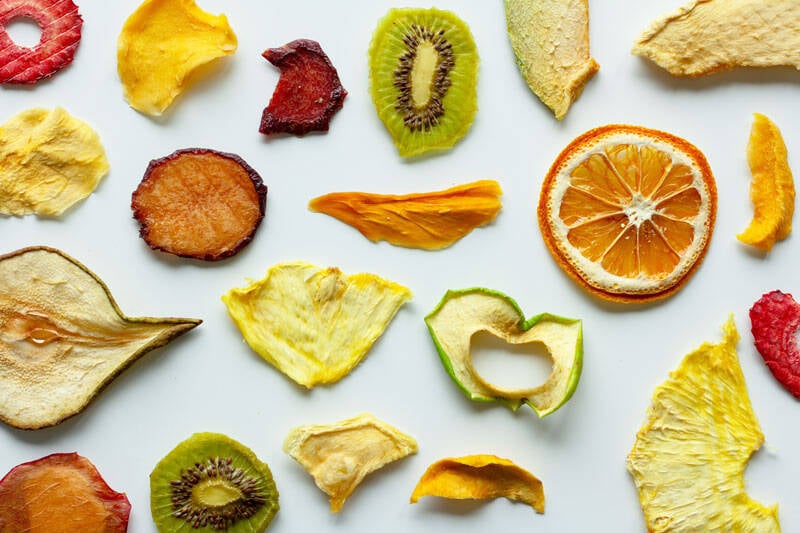
02
Dried fruit
If fruit isn’t appealing enough to fit our ideal image, it’s always fit enough to be used in soups, juices or as dried snacks. The mission of the American Ugly Company is upcycling fruit that doesn’t have the looks for the supermarket catwalks. “Never judge a fruit by its cover. Our ugly solution: we prevent food waste by upcycling ugly fruit and transforming it into healthy dried fruit snacks.” The Ugly Co. Writes: “Thousands of truckloads of Ugly fruits are thrown out in California every year. We throw away more peaches in California than the state of Georgia produces annually. This food is perfectly healthy to eat, but it looks a little quirky! Some call it ugly, but we call it a beautiful opportunity.” So the company turns freaky fruit into dried fruit. The company has its own line of shirts and caps. Messaging: “Hello, I’m Ugly.”
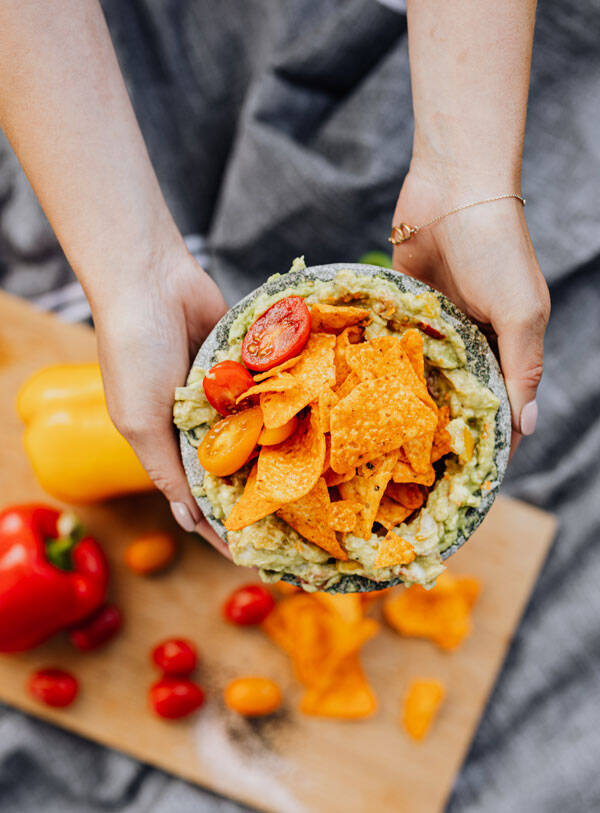
01
Chips
Rejected food that would otherwise have been thrown away in the global garbage bin, is often reprocessed into crisps. One company that makes crisps from waste is Kazoo. Their motto: “Great Taste. Less Waste.” Kazoo makes “patent pending corn tortilla chips”. The company states; “We discovered a way to process a nutrient dense corn germ that is typically unused in chip processing.” Until now, the particular corn germ was considered as waste or processed into animal feed. “Using 40 percent upcycled corn germ reduces our water footprint by at least 20 gallons per bag,” Kazoo claims. On their website Kazoo announces that the chips will soon be popping up in stores near you. That is, if you live in Canada or the USA. By the way, there is even a company that’s making crisps from salmon skin leftovers.

4 min
What if waste wouldn’t be wasted?! 1.3 billion tons of food is discarded globally each and every year. That’s 33 percent of all produced food, aka half a kilo per world citizen every day. Food waste slurps up 21 percent of all freshwater on the globe. We serve you 5 examples of food that was saved from wasting, by turning it into edible products, just in time
Ubel Zuiderveld Xiao Er Kong

cool concept
5 examples of food that was saved from wasting
© Ugly food lemon by S1001
Source: list of members of the Upcycled Food Association
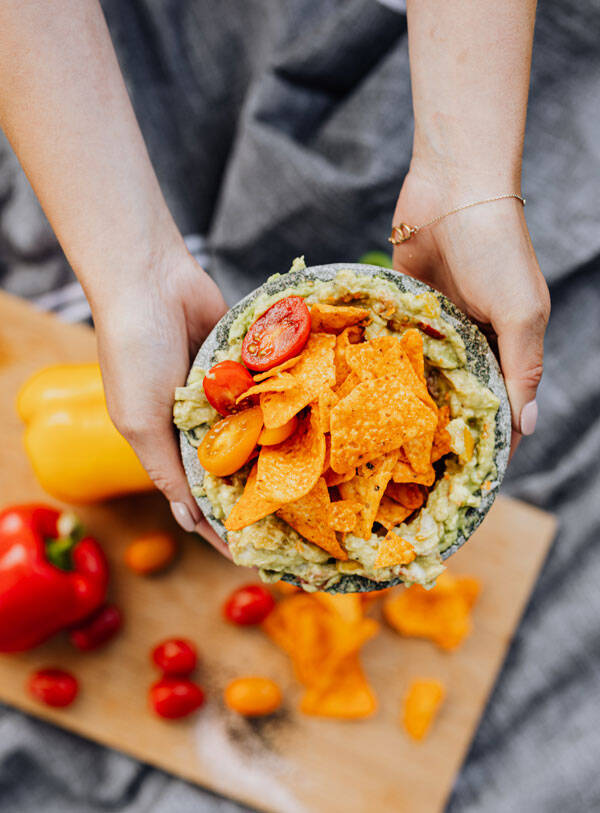
© Ugly food lemon by S1001
What if waste wouldn’t be wasted?! 1.3 billion tons of food is discarded globally each and every year. That’s 33 percent of all produced food, aka half a kilo per world citizen every day. Food waste slurps up 21 percent of all freshwater on the globe. We serve you 5 examples of food that was saved from wasting, by turning it into edible products, just in time
Ubel Zuiderveld Xiao Er Kong
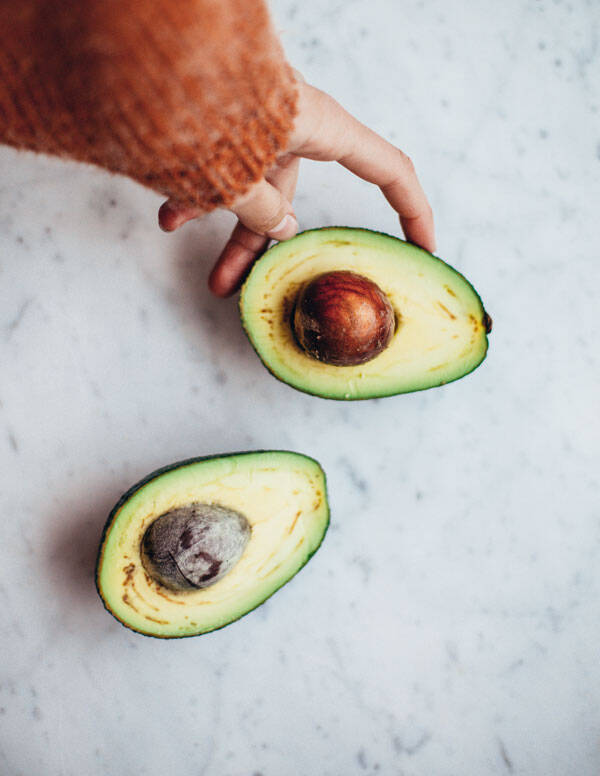
05
Peels and seeds
Banana, coconut, cacao, avocado… Often the peels of these fruits are thrown away; but they often contain a lot of moisture that can be made fit to drink. This is what preceded shortly before two woman from the USA started their Hidden Gems beverage company: “One day while making a bowl of guacamole in the kitchen we realized we were left with more seeds and skin than pulp. We had a lovely snack but we created so much waste in the process. That was the day we decided these gems were no longer trash…” The initiative led to a new drink, the Reveal Avocado Seed Brews, “a delicious upcycled drink”. The hard seed in the middle of avocados contains a lot of antioxidants. “I hate throwing things away, it’s not in me to say something has zero value. It’s not a part of who I am,” one of the founders declares.
04
Dairy
We don’t know how much milk is spilt around the globe every year. In the USA alone it is said to be tens of millions of gallons. Milk for instance is being dumped, because there is no balance between offer and demand. Apart from this, there is residual waste in dairy production facilities. Such as fresh whey that’s leftover from producing Greek yogurt. The German company Superfrau (meaning: Superwoman) knows its way with this residue. Superfrau turns it into superdrinks. Superfrau says: “Fresh whey is the liquid co-product of Greek yogurt. It's super delish and naturally packed with full spectrum electrolytes, B-Vitamins, and gut-beneficial acids. Although it's beloved as a thirst-quencher in many parts of the world, it's often wasted in the US. Superfrau rescues surplus whey and upcycles it into super drinks that will keep you feeling hydrated and refreshed all day long.”
01
Chips
Rejected food that would otherwise have been thrown away in the global garbage bin, is often reprocessed into crisps. One company that makes crisps from waste is Kazoo. Their motto: “Great Taste. Less Waste.” Kazoo makes “patent pending corn tortilla chips”. The company states; “We discovered a way to process a nutrient dense corn germ that is typically unused in chip processing.” Until now, the particular corn germ was considered as waste or processed into animal feed. “Using 40 percent upcycled corn germ reduces our water footprint by at least 20 gallons per bag,” Kazoo claims. On their website Kazoo announces that the chips will soon be popping up in stores near you. That is, if you live in Canada or the USA. By the way, there is even a company that’s making crisps from salmon skin leftovers.
03
Coffee oil
Coffee is a big waster. “Every day, over 2.25 billion cups of coffee are consumed worldwide. The remains often end up as waste in plastic bags, mixed with other trash in garbage dumps,” the Danish company Kaffee Bueno states. “The yearly environmental impact of coffee waste decomposition is equivalent to 10 million car emissions.” Used coffee is deployed as a soil fertilizer, some companies use it as cultivation soil for oyster mushrooms. According to Kaffe Bueno, this is far from environmentally friendly. Among other examples, the Danes turn the coffee grounds into oil. Oil that can be used in cosmetics and to flavor food.
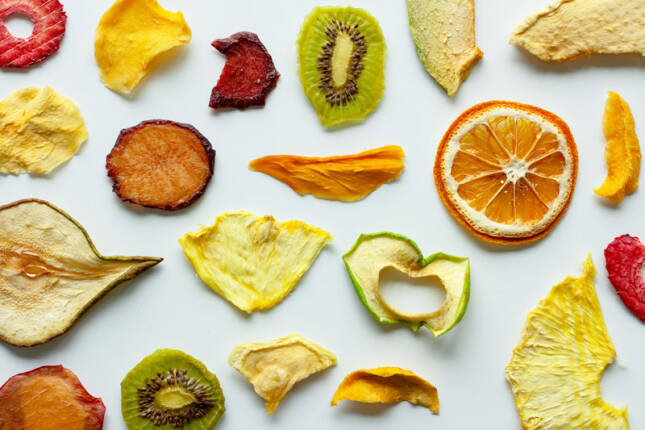
02
Dried fruit
If fruit isn’t appealing enough to fit our ideal image, it’s always fit enough to be used in soups, juices or as dried snacks. The mission of the American Ugly Company is upcycling fruit that doesn’t have the looks for the supermarket catwalks. “Never judge a fruit by its cover. Our ugly solution: we prevent food waste by upcycling ugly fruit and transforming it into healthy dried fruit snacks.” The Ugly Co. Writes: “Thousands of truckloads of Ugly fruits are thrown out in California every year. We throw away more peaches in California than the state of Georgia produces annually. This food is perfectly healthy to eat, but it looks a little quirky! Some call it ugly, but we call it a beautiful opportunity.” So the company turns freaky fruit into dried fruit. The company has its own line of shirts and caps. Messaging: “Hello, I’m Ugly.”

4 min










